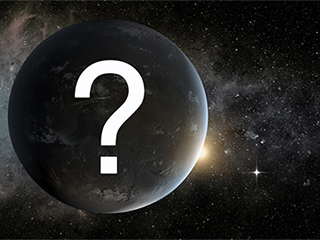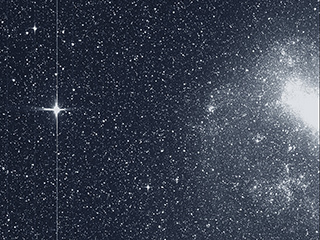Planets: GJ 143 b, HD 23472 b and c
Discovered by: Trifonov et al. 2019
Date: February 2019
Key Facts: NASA's recently launched TESS space telescope added three new exoplanets to its list of confirmed discoveries, all of them with a "weight" (mass) comparable to Neptune's. GJ 143 b is twice the mass of Neptune. It orbits a "K"-type star, an orange star smaller than our Sun, about 53 light-years away. And a year on this planet – once around its star – is only 35 days long. Two more planets, HD 23472 b and c, are siblings, both orbiting the same parent star (this one about 127 light-years away). Both weigh in at about the mass of Neptune, also orbit a "K" star, and have very short years – 18 days for HD 23472 b, 30 days for c.
What's new: TESS (the Transiting Exoplanet Survey Satellite), launched in April 2018, doubles its list of confirmed exoplanet discoveries with the latest three – although thousands more are expected in the years ahead. TESS looks for the faint shadow of a planet crossing the face of its star, known as the "transit" method of detection.
These planets were later confirmed by ground-based telescopes using a different detection method: watching for wobbles in the star's movement caused by orbiting planets pulling one way, then another. Astronomers looking for the wobbles are measuring the star's "radial velocity." A fourth discovery was announced at the same time, unrelated to TESS but also involving the transit method – this time by ground-based instruments. HATS-70 b, some 4,200 light-years from Earth, tips the scale at roughly 13 times the mass of Jupiter. It might be a brown dwarf, a kind of failed star that, despite its enormity, did not have enough mass to ignite nuclear reactions in its core and become a star in its own right.













